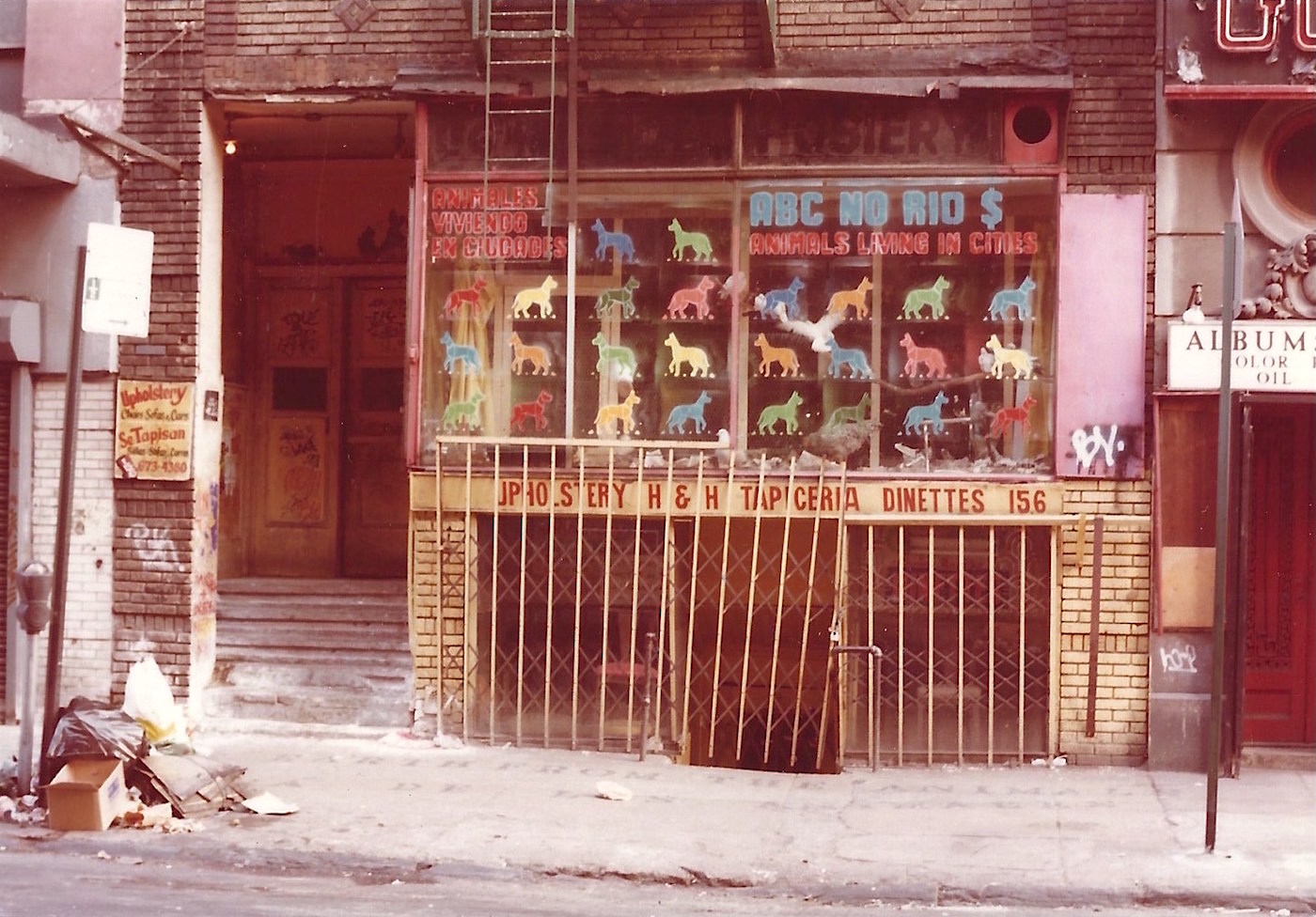For the past few weeks (in preparation for the poetry workshop I’m running on Saturday) I’ve been staring at images of Jean-Michel Basquiat, beautiful trickster in his customised football helmet, or with his dreads standing on end like Mickey Mouse ears, in his paint-splattered Armani suit, or posing next to his surrogate father Warhol. I’ve been staring at reproductions of his paintings in books, canvases littered with the stuff in his head: skulls, lists of jazz greats, cartoon characters, da Vinci-style machinations, fragments of poems, SAMO© graffiti, cereal packets, etc, etc. I’ve been looking at those images – of him, of his paintings – for years, and I’ve been trying to work out what keeps drawing me in.
It seems obvious now, but perhaps it’s the sort of observation you make once you’ve hit a certain age – Basquiat represents New York City as it was to me in the mid-80s. I was at college then – at Sarah Lawrence, just up the Metro-North train line in unsexy Yonkers, but my compass pointed towards Manhattan, my alternative campus. So I didn’t actually know Basquiat, or Blondie or Warhol or David Byrne or Keith Haring, but they were cultural arbiters of my time; all the people I knew listened to their music (on vinyl, on wonky turntables in dorm rooms) and / or plastered their walls with their images (absolutely everyone had the poster of Haring’s Radiant Baby).
Hair was very important. Mine was blonde for a time, then two-tone, when I couldn’t be bothered to bleach the dark roots. I had a quiff for a while, inspired by the Stray Cats. I used to go into Patricia Field’s shop on 8th Street, long before Sex and the City ever existed – I couldn’t afford any of the clothes, but I used to pretend to browse, noting what the sales girls were wearing, then I’d attempt to recreate the look at the Bargain Box (Bronxville’s top-flight second-hand boutique, where elderly Westchester matriarchs unloaded their past-season rags from Bergdorf’s and Saks).
Back Fence, Kenny's Castaways, Greenwich Village, New York (1983) © photo by Paul Wright
Wardrobe sorted, I made my first tentative appearances as a poet at the Back Fence on Bleecker Street. Once the audience cheered in the middle of one of my poems – the football was on TV at the bar and the Giants had scored a touchdown. Going to such places of pilgrimage, while sitting in my dorm room reading O’Hara and Ginsberg and Sexton and Ferlinghetti, was thrilling. It was my first real lesson in how poetry could live off the page. We would turn up to the open mic at ABC No Rio (the name an accidental poem itself, formed by the remaining letters on the original sign ‘Abogado Con Notario’) the infamous punk / performance / art space on Rivington Street. I seem to remember the poetry open mic happened on a Sunday night (someone out there will correct me if I’m wrong), a substitute for church. We were tame little college kids, but some of the regulars there had lived the anguish in their poems in ways we couldn’t begin to imagine.
Anton Van Dalen’s stencil display for ABC No Rio’s “Animals Living in Cities” (1980) Photo from Hyperallergic
And that’s important to remember. Yes, we were coming from a place of privilege and opportunity, and while NYC was exciting and vibrant, it was also impoverished. Where the artists lived in the Lower East Side, it was still cheap, because there were piles of garbage on the street, and alternative cities of homeless men sleeping on the sidewalks at night. It was at the beginning of the Reagan-era banker boom, as chronicled in Tom Wolfe’s Bonfire of the Vanities, so we were witnessing great contrasts of wealth and poverty. Part of what made the art scene exciting was the ‘make do’ aspect of it (that spirit is always present if you know where to look, but it takes hold particularly during times of financial recession). My boyfriend at the time worked as a volunteer cataloguing filmmaker Jonas Mekas’s archive; Mekas was by then in his sixties, but his faithful depictions of alternative downtown life of the generation before were incredibly influential for us. Art didn’t have to be a commodity, it could be made with what you had around you. Just like our poetry didn’t have to be neat and formal – it could be broken, collaged from bits of things we found along the way.
I come back to Basquiat. Even in his short life, his work became a commodity (and now his paintings are worth tens of millions and hang in museums and the homes of blue chip collectors). But he started by making works that felt just the opposite – with their private codes and messages, their tangle of words and glyphs. His paintings for me have the energy of those dirty messy streets, way before the arrival of Starbucks . . .



